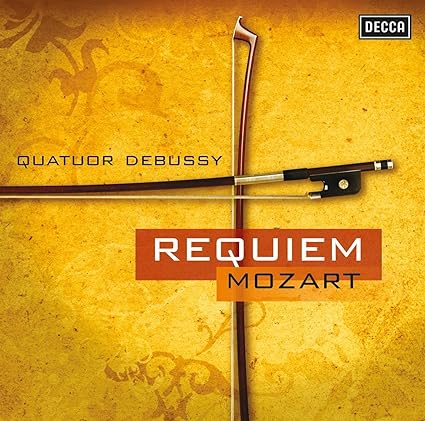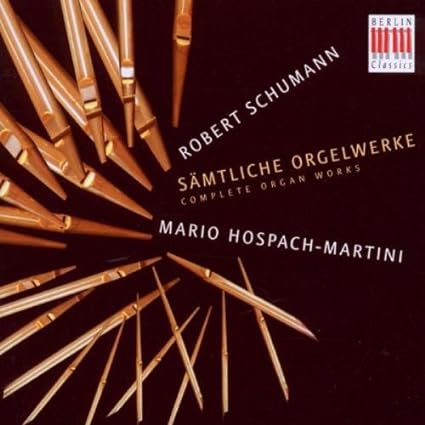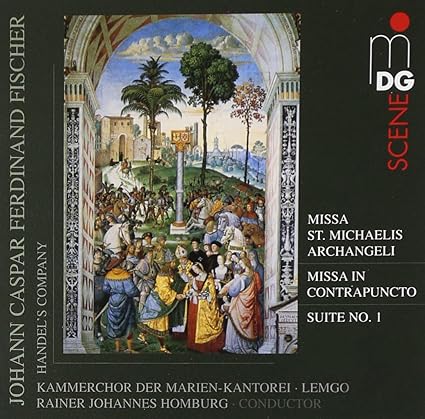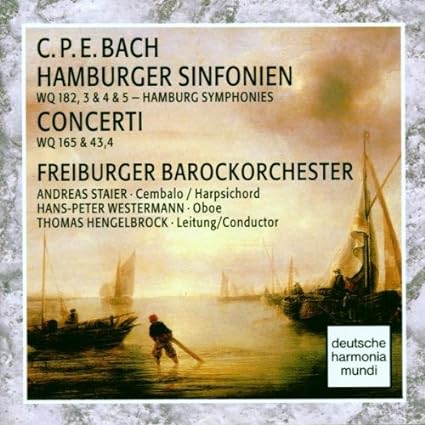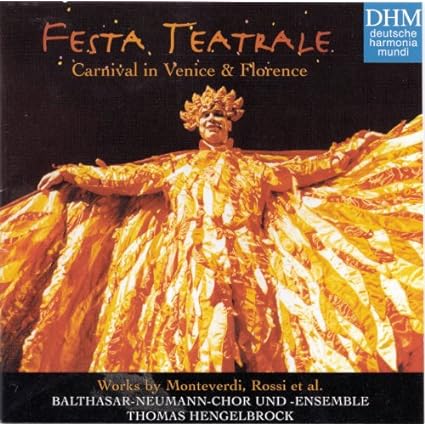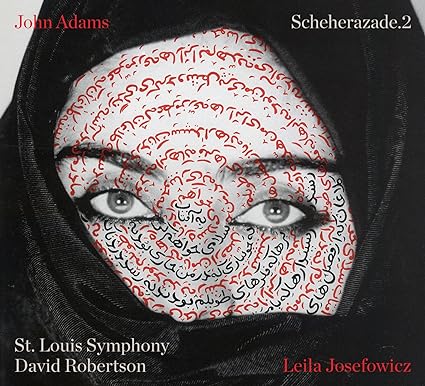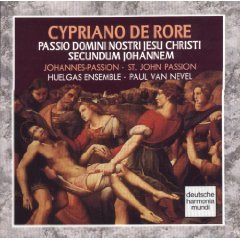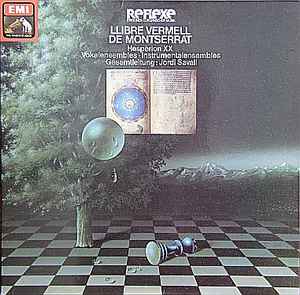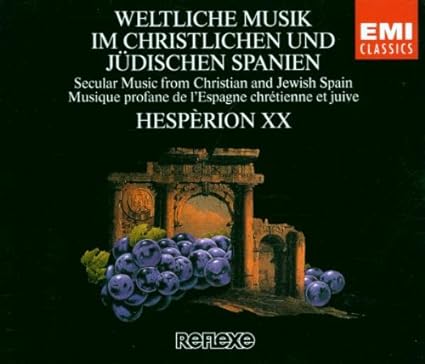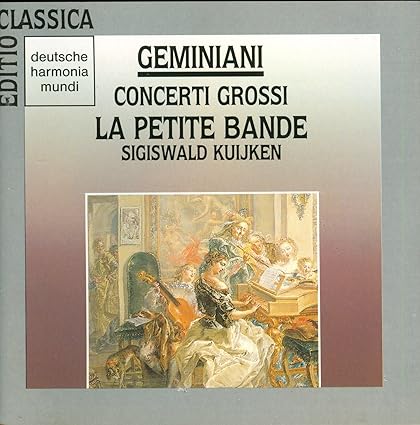
Circling back to the composer who kicked off this thread, though somewhat belatedly as this disc was released in 2009. (I could also post this in The Asian Invasion as Mr Ruo was born in China, but as it is part of the American Classics series, I shall limit it to this thread.)
The disc opens with the Drama Theater No 2, the second of five dramas comprising a cycle. The piece is scored for Piano, Cello, Percussion, and 18 Beer Bottles. The first movement opens with stark, bold timp thwacks, and it focuses on rhythmic pulse. The music is often aggressive and insistent, yet simple, with repeated notes and sounds and patterns. The inclusion of gongs and whistles and the like brings to mind Antheil, with slowed down Nancarrow tossed in. The second movement is slower, and relies on novel sounds. The use of beer bottles is actually handled more deftly than one might expect, sort of sounding like a flute, with the players relying on controlled, short bursts to generate sounds. I would have liked it more had flutes been used. The final movement is back to more aggressive stylings. Bartok and Stravinsky are to be heard, but that's OK.
Drama Theater No 3 follows, for pipa and voice. (The concert version is for pipa, voice, and multi-media.) Rather like Scelsi's
Khoom, the artist does not sing words, but rather word-like sounds that are to disappear into the air. I like
Khoom, so I do rather like the effect here. I also appreciate the pipa stylings of Min Xiao-Fen, who seems in absolute command of her instrument. This may not be for everyone; think of it as an extended (thirteen minute-plus) aria from an Eastern opera with string accompaniment. If that appeals, this may work; if not, probably not.
Drama Theater No 4,
To The Four Corners, is meant to be a staged work with five instrumentalists, with the percussionist in the center, and flute, clarinet, viola, and violin in the four corners and rotating during performance. Inspired by Chinese Nuo Drama, it is two short scenes combined into a twenty-one minute piece. The first scene starts with a prolonged, insistent percussion solo, before handing the music off to other instruments, and then blending together in various combinations. Sometimes, the music will be stark, angular, and decidedly avant-garde, and sometimes it will blend, if even briefly, more traditionally lovely playing of an instrument (the clarinet, in particular) with tetchy percussion playing. The second scene starts with winds being used in unconventional ways to generate unconventional sounds, as well as what sounds almost like a didgeridoo. It also includes whispered, spoken, and yelled words, in at least two languages, which, even in the context of an audio-only recording, presents a good sense of the theatricality of the piece.
The disc closes with Ruo's First String Quartet,
The Three Tenses, and it is a transcription of a work by the same name for brass. The single movement work sounds more conventional in a post-war, avant-garde kind of way. Even in this context, Ruo introduces some whistling to the piece, which I could have lived without. The underlying string writing is gripping, though, making me wonder what later quartets may sound like.
I enjoy this disc, probably more than the Chamber Concertos disc. The sound world here is more distinct and non-Western than the earlier disc, and it is novel and challenging yet easy enough to get into. I wouldn't mind hearing how Ruo handles a full orchestra.
Sound and playing are superb.
